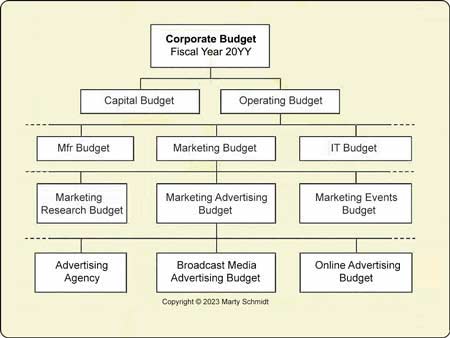


Government expenses were expected to rise through the next few decades as the Baby Boomer generation aged and started drawing from Social Security and Medicare, but tax revenues were expected to rise even faster as income grew and the next generations entered their prime earning years. By the end of the Clinton Administration, the federal government ran a primary budget surplus that was projected to extend into perpetuity. Lawmakers from both parties realized the follies of the supply-side fraudsters and passed tax increases to reverse their mistakes. The argument was not entirely sensible and was proven wrong when the Reagan Administration enacted tax cuts and severe budget deficits resulted. Charlatans like Art Laffer, masquerading as serious economists, convinced politicians that cutting tax rates would magically raise revenues and lower the debt because economic growth would be so strong. It’s fairly simple math, but somehow, starting in the 1980s, lawmakers got their arithmetic all wrong. If the government runs a primary surplus (that is, revenues exceed outlays), then economic growth needs only to match the Treasury interest rate for the federal debt ratio to fall. The second factor is the ratio of economic growth to the government’s interest rate. First, there is the “primary” deficit or surplus, which refers to the budget minus interest payments on existing debt. Kogan explains that the path to long-term budget stability involves a few factors.

Contrary to the assertions of many budget hawks, Kogan finds that recent budget shortfalls are principally a result of tax cuts for the wealthy and corporations. This is the approach taken by Bobby Kogan at the Center for American Progress in a report that examines long-term budget projections since the end of World War II. If the money coming in is less than the money going out, then a thorough audit should look at both revenues and expenses. When lawmakers insist that the current government funding gap is a function of runaway spending, they are putting blinders on to half of the federal budget. A Brief History of Time (and Budget Shortfalls) According to a recent report from the Congressional Budget Office, their approach to decreasing the deficit-program cuts for the middle class paired with tax cuts for the rich-is more unserious than it seems. But rather than reversing any of those tax cuts, Congressional Republicans have proposed to make permanent the temporary portions of the Trump tax cuts, which would add more than $300 billion every year to the deficit. So, while it is true that federal spending has grown (primarily because demographic changes mean more people qualify for Social Security and Medicare), revenues would have covered this spending if not for the tax cuts that have been enacted in the past 20 years. The fiscal outlook further deteriorated with the enactment of the Trump tax cuts in 2017. But the situation changed that year when Congressional Republicans pushed to extend the Bush tax cuts past their expiration date at the end of 2012 and then-President Obama compromised and made some, but not all, of the tax cuts permanent. The report points out that as recently as 2012, the Congressional Budget Office projected the federal government would indefinitely collect more than enough revenue to cover federal spending outside of interest payments on the debt, meaning the debt would fall over time. The real problem is that tax cuts have drained trillions of dollars from federal coffers – tax cuts that have mostly enriched the wealthiest Americans.
#BUDGET DEFICIT MEANING FULL#
They know full well that such a debt default would spark an economic cataclysm, but the premise underlying their argument – that overspending by the federal government has caused the budget deficit – is wrong, according to a new report from the Center for American Progress. Republicans in Congress argue that federal spending has grown so out of control and created such a severe budget deficit that we should default on the national debt accumulated under previous Congresses of both parties if the President doesn’t agree to substantial spending cuts.


 0 kommentar(er)
0 kommentar(er)
